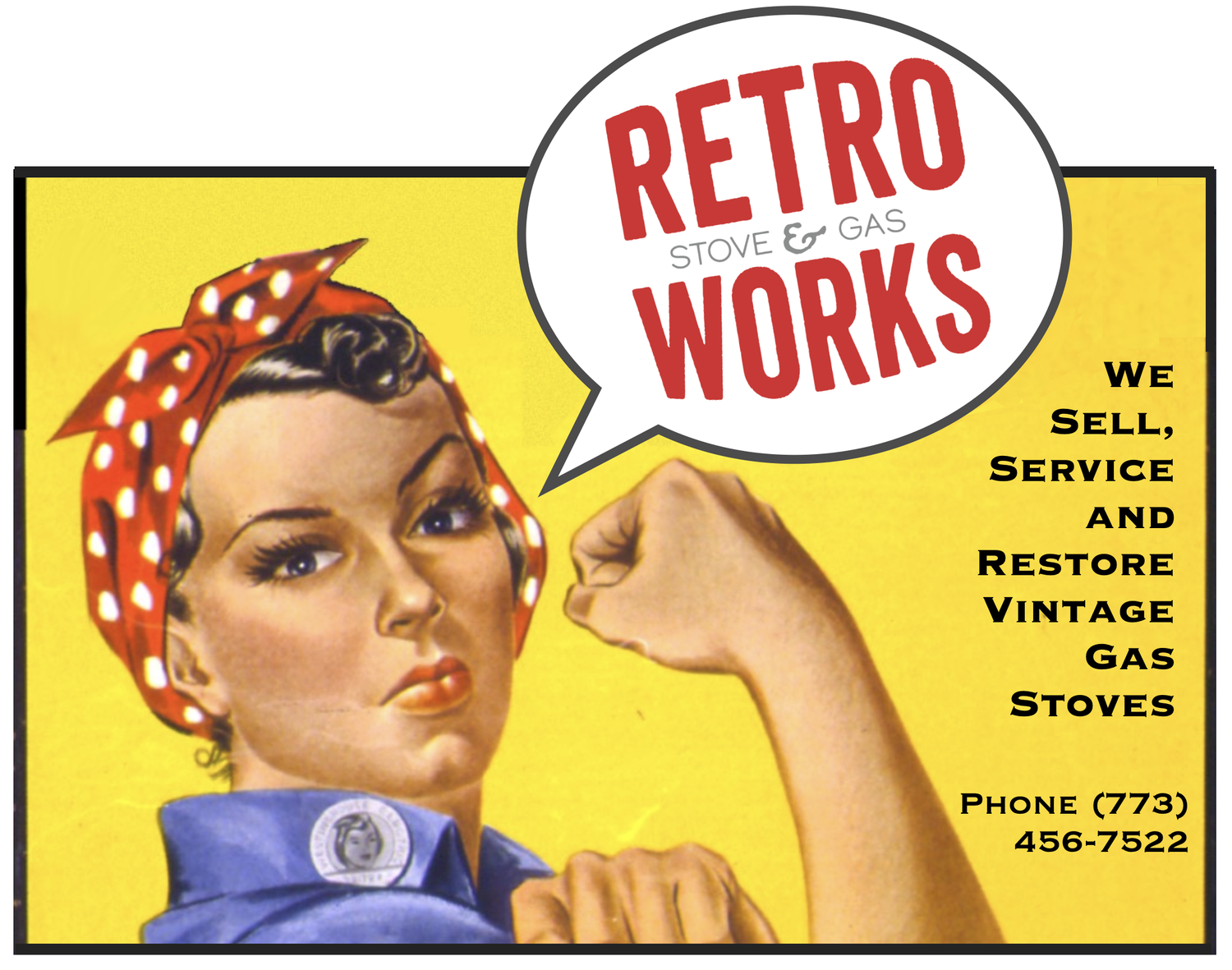Last week it happened again: I returned from a service call without installing the newly rebuilt Thermostat I had deemed necessary for a malfunctioning oven. Great for the customer, but I was left holding the bill for a rebuilt T-Stat that was all dressed up with nowhere to go. That's twice in the last 6 months. Time to pass on some hard earned wisdom: the next time your oven won't light, or is difficult to light with burner flames that don't get very high resulting in a 24 hour slow cooker rather than an oven, don't jump to the conclusion that your 60-year-old thermostat's gotta go.
To keep things simple and understandable for the qualified gas appliance repair professional you have engaged to fix your oven, I will lay out the basics of the problems I encountered above.
One stove had been in storage for a year or more. When the owners hooked it up, they immediately realized their oven had a problem. The other oven had been in everyday use when it "suddenly" stopped working.
One stove had a Constant Pilot Safety System: it's pilot light was doing fine, and its oven burner would light, but the flames were very small.
The temporary pilot in the oven without the Safety System would light, but not the burner: there was absolutely no gas going to the burner.
The common symptom: both had difficulty passing gas. This is actually good news: the signal that something other than the Thermostat may be at fault.
The very first thing to do with this symptom is to isolate where in the system gas is being restricted, and the very first place to check is the Thermostat. Why the Thermostat? Since there are many places in the system where obstructions can occur (between the supply pipe entering your kitchen and the gas jet entering the oven burner), the highest-priced component in that pathway is the Thermostat. So have your repair person isolate and test that first. If human breath can be made to flow freely through the completely disconnected Thermostat, then the restriction lies elsewhere: in the pathways supplying or exiting the device.
In my client's stove that had been stored before use, insects had somehow entered the system and completely clogged the aluminum tube immediately before the oven burner gas jet (the oven pilot, running on its own small-diameter gas line from the Thermostat, was not affected). After determining the cause of the problem, I cleared the line with a pipe cleaner).
In the other client's stove, the clog was at the tip of the gas jet itself, an accumulation of mineral deposits: it was cleared by simply loosening the cap and using a toothbrush to clean the tip.
In my experience, a malfunctioning Thermostat is most often characterized by an oven that easily lights but who's heat is high and uncontrollable by the Thermostat dial. If your oven won't light easily or won't light at all and has very low temperatures, look to obstructions that are restricting the gas supplying or exiting the Thermostat.
Street Address
City, State, Zip
7739735330
Chicago, USA
Your Custom Text Here
